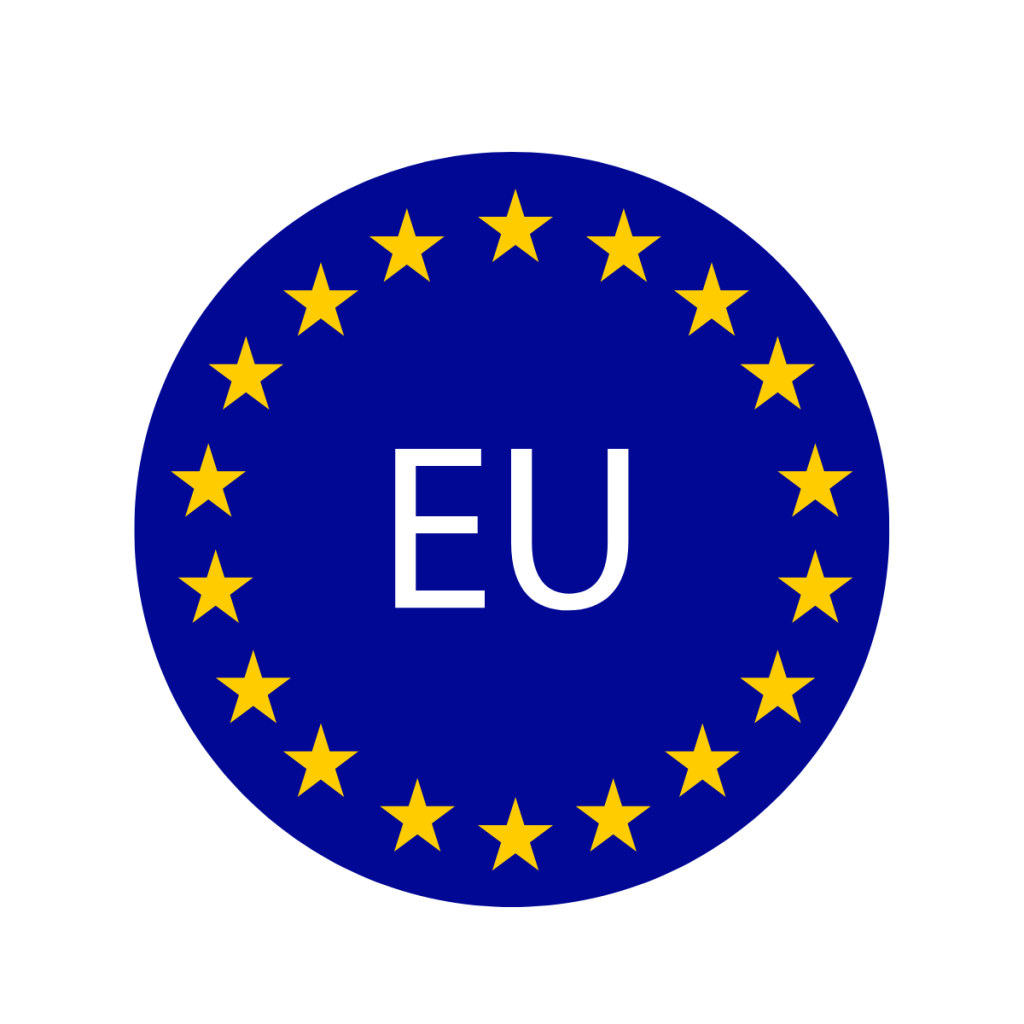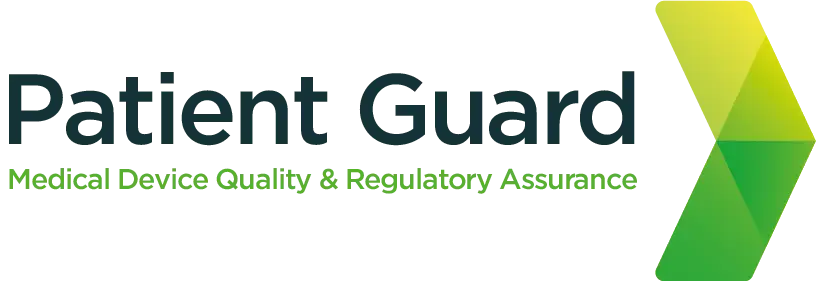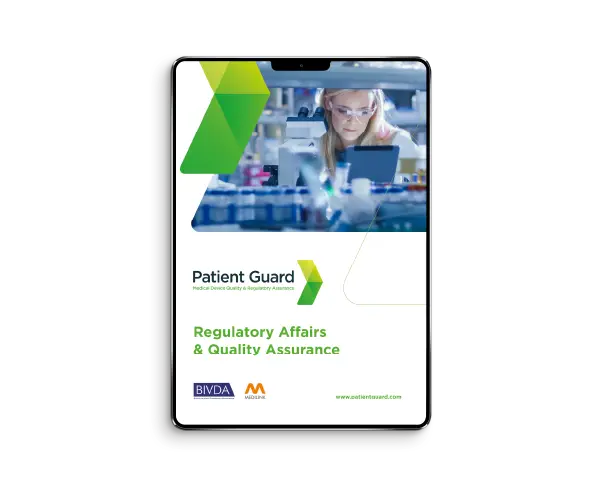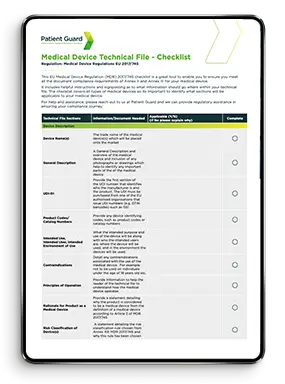What is a Medical Device EU Authorised Representative?
The EU Authorised Representative (EUAR) role for medical devices has existed since before the introduction of the Medical Device and In Vitro Diagnostic Regulations (EU MDR 2017/745 and EU IVDR 2017/746) were introduced in 2017. It was a requirement of their predecessors the medical device directives.
Since the MDR and IVDR Regulations were introduced, the role of the EUAR has become wider in scope and responsibilities.
Article 11 MDR and IVDR
Article 11 of the MDR and the IVDR sets out the requirements and responsibilities of an EUAR. This includes the following:
Non-member state-based manufacturers:
Where the manufacturer of a device is not established in a Member State, the device may only be placed on the Union market if the manufacturer designates a sole Authorised Representative.
Responsibility:
If the manufacturer is not based in a Member State and fails to meet the obligations in Article 10 (Manufacturers Responsibilities), the Authorised Representative is legally liable for defective devices, jointly and equally with the manufacturer.
An EUAR ending its mandate must immediately inform the Competent Authority of its Member State and, if applicable, the Notified Body involved in the device’s conformity assessment, along with the reasons for termination.
Changing an Authorised Representative:
The agreement between the manufacturer and authorised representative must clearly define the details of changing the representative. It should cover:
- The termination date of the outgoing representative’s mandate and the start date of the incoming representative’s mandate.
- The last date the outgoing representative can appear in the manufacturer’s information, including promotional material.
- The transfer of documents, including confidentiality and ownership rights.
- The outgoing representative’s obligation to forward any complaints or reports from healthcare professionals, patients, or users about suspected device incidents after the mandate ends.
Mandate:
The designation forms the Authorised Representative’s mandate and is valid only when the EUAR accepts it in writing. It applies to all devices within the same generic device group.
The EUAR carries out the tasks outlined in the mandate agreed with the manufacturer and must provide a copy of the mandate to the competent authority upon request.

Mandated Tasks:
- Verify that the manufacturer has prepared the EU declaration of conformity and technical documentation, and if applicable, conducted the proper conformity assessment procedure.
- Keep a copy of the technical documentation, EU declaration of conformity, and, if applicable, the relevant certificate (including amendments) available for competent authorities for the period stated in Article 10(8).
- Fulfill the registration obligations in Article 31 and ensure the manufacturer has complied with Articles 27 and 29.
- Provide all necessary information and documentation to a Competent Authority, in the official Union language required by the Member State.
- Forward any requests from the competent authority for device samples or access, and ensure the authority receives the samples or access.
- Work with competent authorities on any preventive or corrective actions to address device risks.
- Immediately notify the manufacturer about complaints or reports from healthcare professionals, patients, or users regarding suspected device incidents.
- End the mandate if the manufacturer fails to meet its regulatory obligations.
How can Patient Guard help you?
Patient Guard, through its subsidiary Patient Guard Europe UG in Neuhausen auf den Fildern, Germany, provides Authorised Representative services. We have assisted many medical device manufacturers outside the EU in registering their devices in Europe. To learn more about how Patient Guard can help register your medical device in the EU, click the button below.
FAQs
An EU Authorized Representative (EU AR) is a legal entity based in the European Union that acts on behalf of a non-EU medical device manufacturer to ensure compliance with EU Medical Device Regulation (MDR) 2017/745 or In Vitro Diagnostic Regulation (IVDR) 2017/746.
Why it’s important:
The EU AR is the primary contact between the manufacturer, EU regulators, and notified bodies, ensuring the device complies with EU requirements before it is placed on the market.
Any medical device or IVD manufacturer located outside the European Union must appoint an EU Authorized Representative to market their devices in the EU.
Key insight:
Without an EU AR, non-EU manufacturers cannot place their products on the EU market, making this role vital for market access.
An EU Authorized Representative has the following responsibilities:
- Regulatory Compliance: Ensures the manufacturer meets EU MDR/IVDR requirements.
- Technical Documentation Review: Verifies that the technical file is complete and compliant.
- Vigilance and Reporting: Handles post-market surveillance, including adverse event reporting.
- Communication with Authorities: Acts as a liaison with EU regulators and notified bodies.
- Labeling Verification: Ensures the device label includes the EU AR’s contact information.
- Document Retention: Maintains a copy of the technical documentation for at least ten years after the last device is placed on the market.
Tip for manufacturers: Partner with an experienced EU AR to ensure smooth regulatory compliance.
The EU AR plays a critical role in post-market surveillance (PMS) by:
- Monitoring adverse events and reporting them to authorities.
- Supporting post-market clinical follow-up (PMCF) activities.
- Ensuring compliance with PMS obligations throughout the device lifecycle.
Why it matters:
Effective PMS activities ensure the device maintains its safety and performance after it is marketed.
The label of a medical device or IVD must include:
- The name of the EU Authorized Representative.
- The full address within the EU.
- The contact details of the EU AR.
Pro tip for compliance: Double-check labeling requirements to avoid costly delays or regulatory issues.
Yes, an EU Authorized Representative can represent multiple manufacturers as long as they fulfill their regulatory obligations for each manufacturer separately.
Best practice: Choose an EU AR with experience in handling diverse portfolios to ensure efficient compliance.
Non-EU manufacturers without an EU AR cannot legally market their devices in the EU. Furthermore:
- Regulatory authorities may remove non-compliant devices from the market.
- Manufacturers face reputational damage and potential financial penalties.
Key insight: An EU AR is not just a regulatory requirement—it’s critical for maintaining market access and compliance.
When selecting an EU AR, consider the following factors:
- Experience: Look for an EU AR with expertise in your device type and MDR/IVDR compliance.
- Location: Ensure they are physically based in the EU or EEA.
- Reputation: Verify their track record and client testimonials.
- Responsiveness: Choose an EU AR that offers prompt communication and support.
Why it matters: A reliable EU AR reduces compliance risks and enhances your market success.
Yes! Patient Guard Europe UG, based in Neuhausen auf den Fildern, Germany, provides comprehensive EU Authorized Representative services. Our expertise includes:
- Ensuring MDR and IVDR compliance.
- Managing regulatory submissions and communications.
- Supporting technical documentation reviews and vigilance reporting.
- Providing dedicated support for post-market surveillance and labeling compliance.
Why choose Patient Guard: With years of experience and a proven track record of helping over 500 manufacturers, we offer tailored services to ensure your device’s success in the EU market.
Following Brexit, the UK is no longer part of the EU regulatory framework. Non-EU manufacturers must appoint both:
- An EU Authorized Representative for compliance with EU MDR/IVDR.
- A UK Responsible Person for compliance with UK-specific regulations.
Insight for manufacturers: Patient Guard offers both EU AR and UK Responsible Person services to simplify your regulatory journey.



